How New York’s Hasidic Jewish community was changed by coronavirus
The ultra-Orthodox Jewish residents of Brooklyn were hit hard by Covid-19. Now they’re lining up to donate their plasma in unprecedented numbers. Holly Baxter meets them

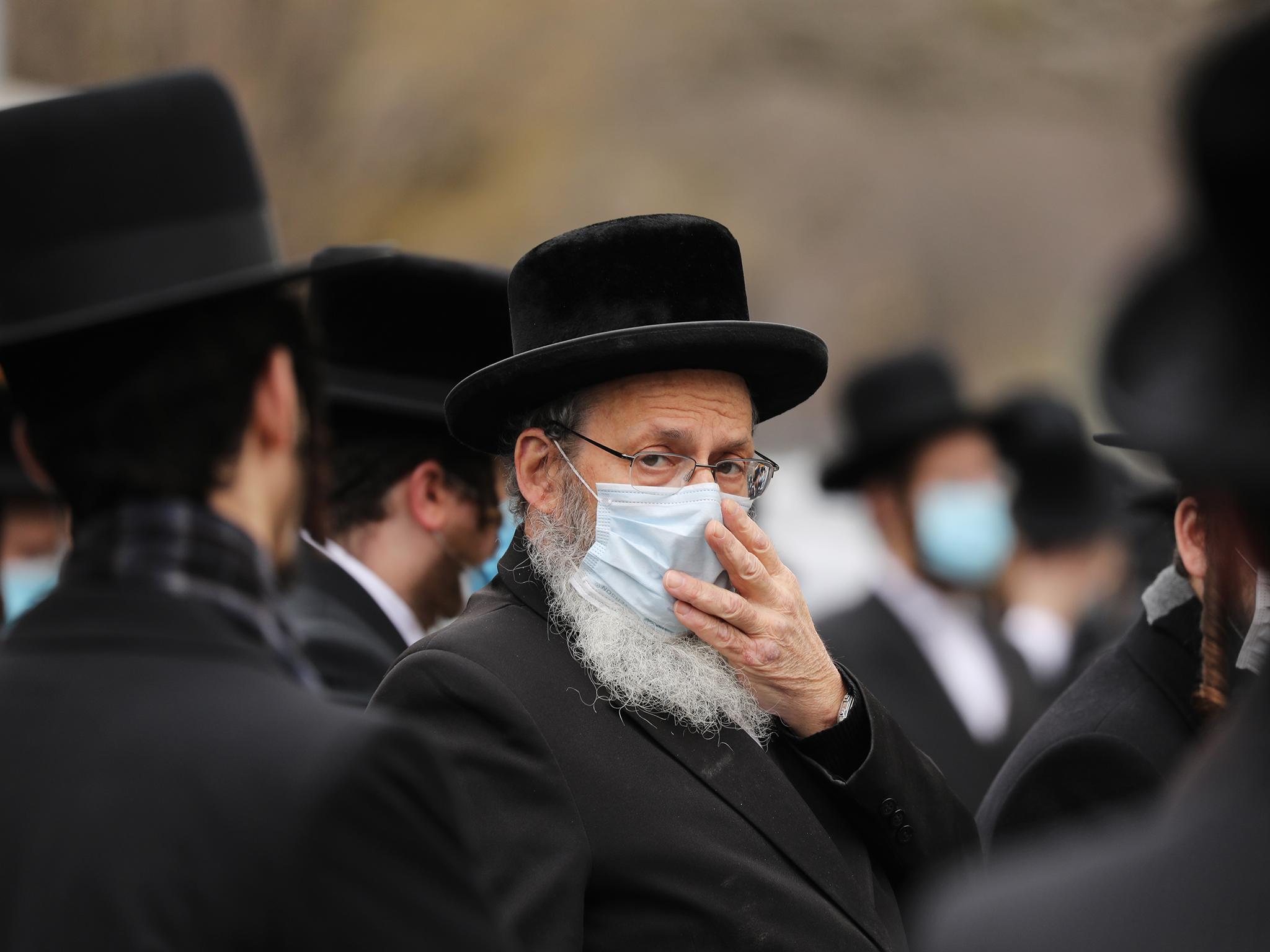
I live just a few blocks away from Eliyahu and Shaindy Raskin, but if we’d met on the street rather than over a Zoom call, it would have been a very different experience. Eliyahu wouldn’t have shaken my hand, for one thing; in the words of his wife, “he would have refused and then politely explained why”. They both would have been dressed differently, for another: Eliyahu in the black jacket and large black hat he wears outside the house, and Shaindy perhaps in a sheitel (wig) rather than the pale pink tichel (headscarf) she wears tied more casually around the back of her head today. “I also usually wear a white shirt,” Eliyahu adds, though today he points out that he is wearing a shirt with a blue stripe. The subtle inclusion of the blue, he says, is indicative of the fact that he is from a Hasidic Jewish community that allows more outreach and integration with the outside world than some other sects.
Shaindy and Eliyahu are members of the Chabad community, the sect of ultra-Orthodox Hasidic Judaism their families have been a part of for centuries. The modestly dressed figures of the ultra-Orthodox are familiar to most Brooklyn residents: from Williamsburg to Flatbush, the streets are as full with Lycra-clad joggers in face masks or hipsters carrying cocktails away from bar windows as they are with Hasidic families in black and white, long curled payots framing male faces and shining wigs adorning the women. Among shorts and sports bras in hot New York summers, they stand out – but that’s the whole point, says Eliyahu. “The reason we wear the garb is to feel connected [with each other], and disconnected from the world. So we’re outside, we look a little different, and it reminds us of those things that define us as Hasidic.”
The defining aspects of Hasidism aren’t what you might expect. Eliyahu is quick to tell me that rather than being dour or drearily stringent, Hasidism was created 300 years ago to “add more joy to Judaism”. “That’s why there are lots of videos on YouTube of Hasidic rabbis dancing and singing,” he says. “It was a resurgence of Judaism in a happy and uplifting way.” The second central tenet of Hasidism is “self-working and intellectual thought and philosophy”, and the third is the highly traditional, deliberately distinctive way that they dress. According to Shaindy and Eliyahu – who are an attractive, engaging couple of 25 and 28 years old, unfailingly polite but also jovial and quick to smile – the dress code isn’t supposed to give the impression that no one in the community wants to have fun.
So where does not shaking my hand come in? “In Orthodox Judaism, women and men are kept separately in a number of settings,” says Shaindy.
“I haven’t touched any woman except my wife for my whole life,” Eliyahu adds. Even family? “Well, my mother and sisters, yes, but anyone outside of my immediate family I haven’t embraced, hugged or even shaken hands with.” The point of that is to prevent “frivolous mingling” between the sexes, he says – so bar a conversation like the one he’s having now with me, which has a clear reason and an aim, or perhaps a necessary interaction at work, he wouldn’t speak to other women either. “It’s because we have a deep respect for our wives and women,” he says. “The world loves to portray that as a negative thing, but it’s a beautiful thing to be completely devoted to your wife.” Physical touch is reserved for your spouse; conversation with those of the opposite sex is to be kept at a minimum for modesty’s sake.
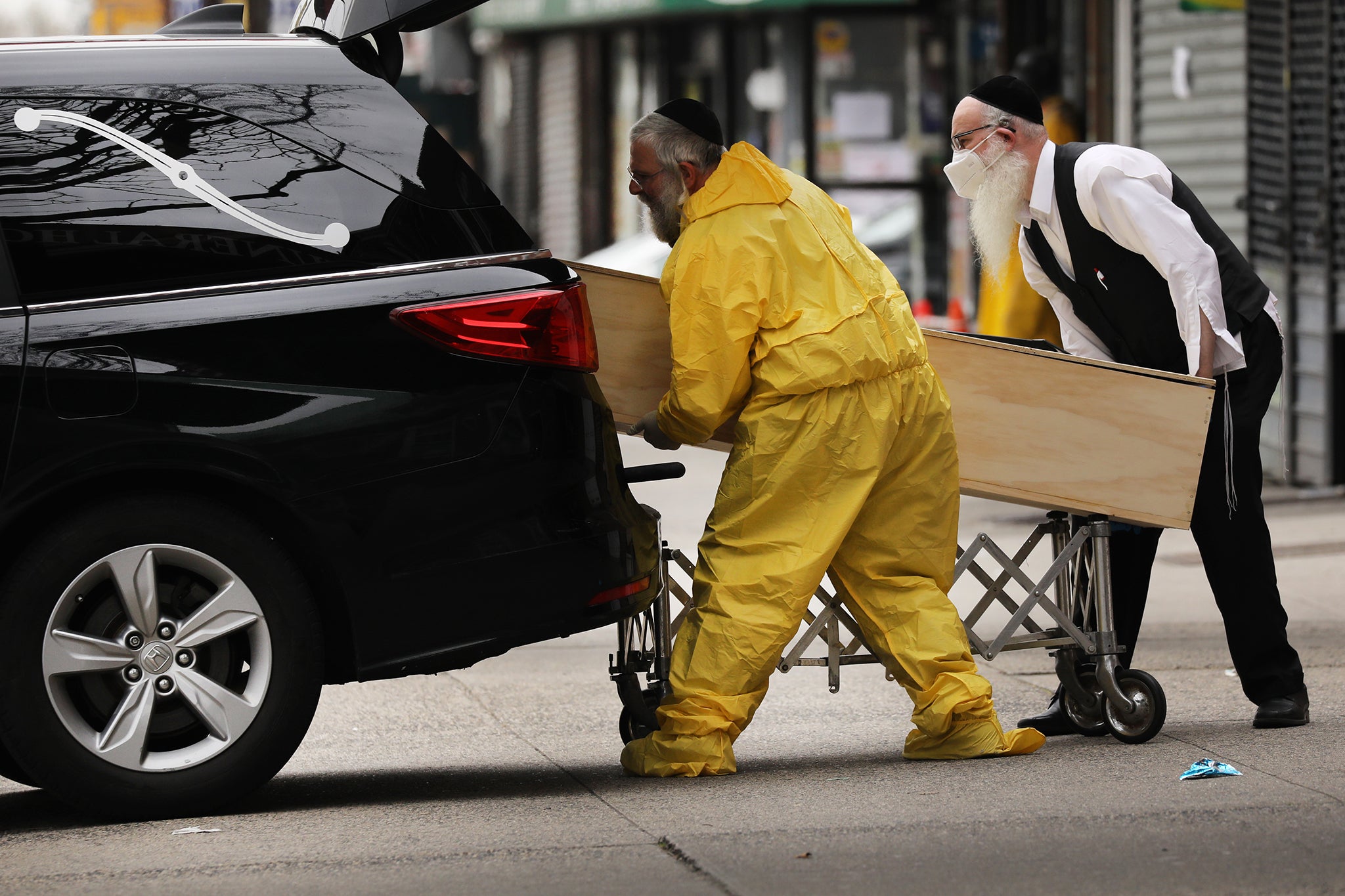
Rules requiring such strict segregation of the sexes must make meeting your husband or wife in the first place quite a challenge, I say, whether or not they add a welcome dimension of additional exclusivity to a marriage. Was it easy to start dating? “We went on eight dates,” says Shaindy. “Each was hours and hours long, which was completely our choice. The first was a blind date, and we adhered to all the rules of modesty throughout – you can’t touch while you’re dating, even when you’re engaged.” And were they introduced by their parents, as is often the case in Orthodox families, I ask? “It was a mutual friend who thought we’d be a good match,” says Shaindy.
“They set up a date for us,” adds Eliyahu, “but we make our own decisions. I’d dated a few girls before. She’d dated one guy. Then when she saw me, she was blown away!” They both laugh. “It must be my charm,” he adds, jokingly, “because I speak to so many women.”
Since marrying, Shaindy and Eliyahu have had three children, now aged one, two and three years old. Their coronavirus story isn’t much different to that of many urban-dwelling families: since the beginning of the pandemic, they have had to move most of their social and professional meetings onto Zoom; they have also moved further out to be with Shaindy’s parents in their much more spacious house. The walls behind them are decorated with pictures of young children playing in a spacious grassy yard, and towards the end of our call, Eliyahu briefly excuses himself to pick up their daughter, who has just woken from a nap, and returns with her squirming on his lap.
I admit that I wasn’t sure whether the Raskins would have unfettered internet access, and they smile and tell me that it’s not a problem in the Chabad community, though they only use the internet for certain things. Shaindy teaches classes over Zoom, and they speak to their large extended families on regular video calls. She believes non-Hasidic people have become more like them during lockdown: “Everyone is getting more in touch with old hobbies like reading, crafts, cooking, and keeping in regular touch with their families.”
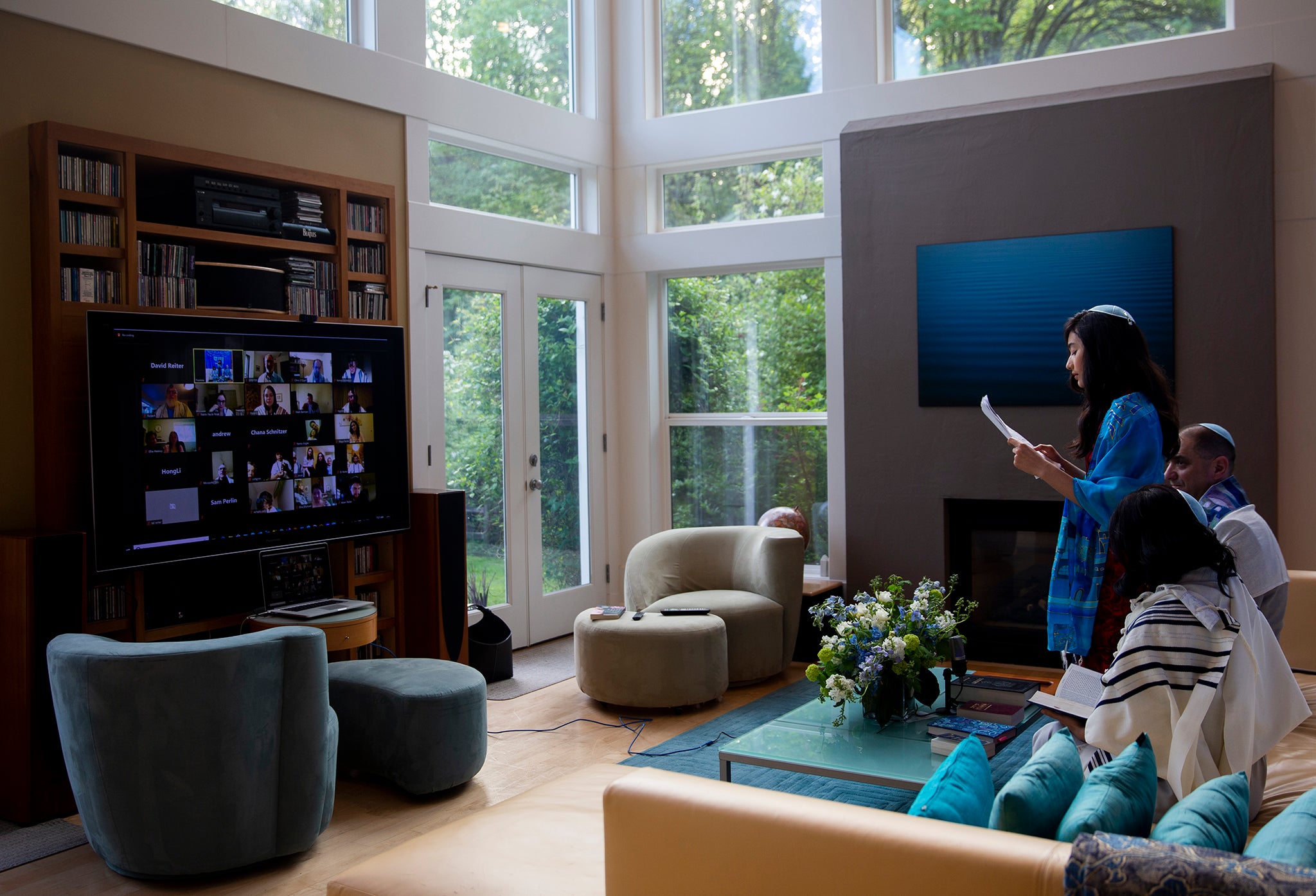
I spoke to a number of people from Hasidic communities for this article, though not all of them wanted to be quoted on the record like Eliyahu and Shaindy. One told me that she found it funny to watch the rest of the population come to grips with video-calling when her own family had done it for years as a way of keeping in touch with siblings spread across the globe. Large families are the norm in Hasidism, and someone with eight brothers and sisters told me they’d had twice-yearly Google Hangouts for years; it’s funny how quickly video-calling technology has improved since everyone else started using it, she remarks.
Another told me that she currently has a relative on a respirator with coronavirus, and that everyone in the family has been joining a 9am Zoom call to do psalms and prayers for his recovery together. The Hasidic news website COLlive even runs a constantly updated “global coronavirus Tehillim list” featuring updates from members of the Chabad community who are currently hospitalised with Covid-19 so that others can pray for them. At the time of writing, the list is very long; Hasidic communities in New York were hit early and hard by the virus, most likely due to a combination of bad luck and the fact that their multigenerational households make them especially vulnerable to infection. Public health data suggests that Hasidic and Orthodox Jews were the worst affected by the virus when New York City was the epicentre of the pandemic.
It’s hard to ever feel alone here – you’re always surrounded by loving family, surrounded by loving neighbours. The whole neighbourhood is like your next-door neighbour. So even if you’re having difficulty or you’re finding some things foreign or unusual, there’s always someone to talk to
The response from the community to this hardship has been admirable. Hasidic Jews who have recovered from coronavirus have donated convalescent plasma; it’s estimated that they make up more than 50 per cent of plasma donors overall. One doctor at Johns Hopkins University, Dr Shmuel Shoham, has been widely quoted as saying that Hasidic Jews “punched well above their weight” in terms of donations over the past month, adding: “The community has taken a tragedy and turned it into a superpower.”
Dr Shoham says that he has made inroads in the New York Hasidic community over a number of years, and when he was in need of plasma for his study, he asked a shoe salesman he’d given advice to in the past to circulate his request. The response was positive and almost immediate. Other members of Chabad told me that they have been getting their medical information about coronavirus in a similar way. Dr Rosen, a well-trusted family practitioner in Crown Heights, has become the main source of advice and instruction during the pandemic, with WhatsApp groups amplifying his PSAs with the hallowed prefix “Dr Rosen says”.
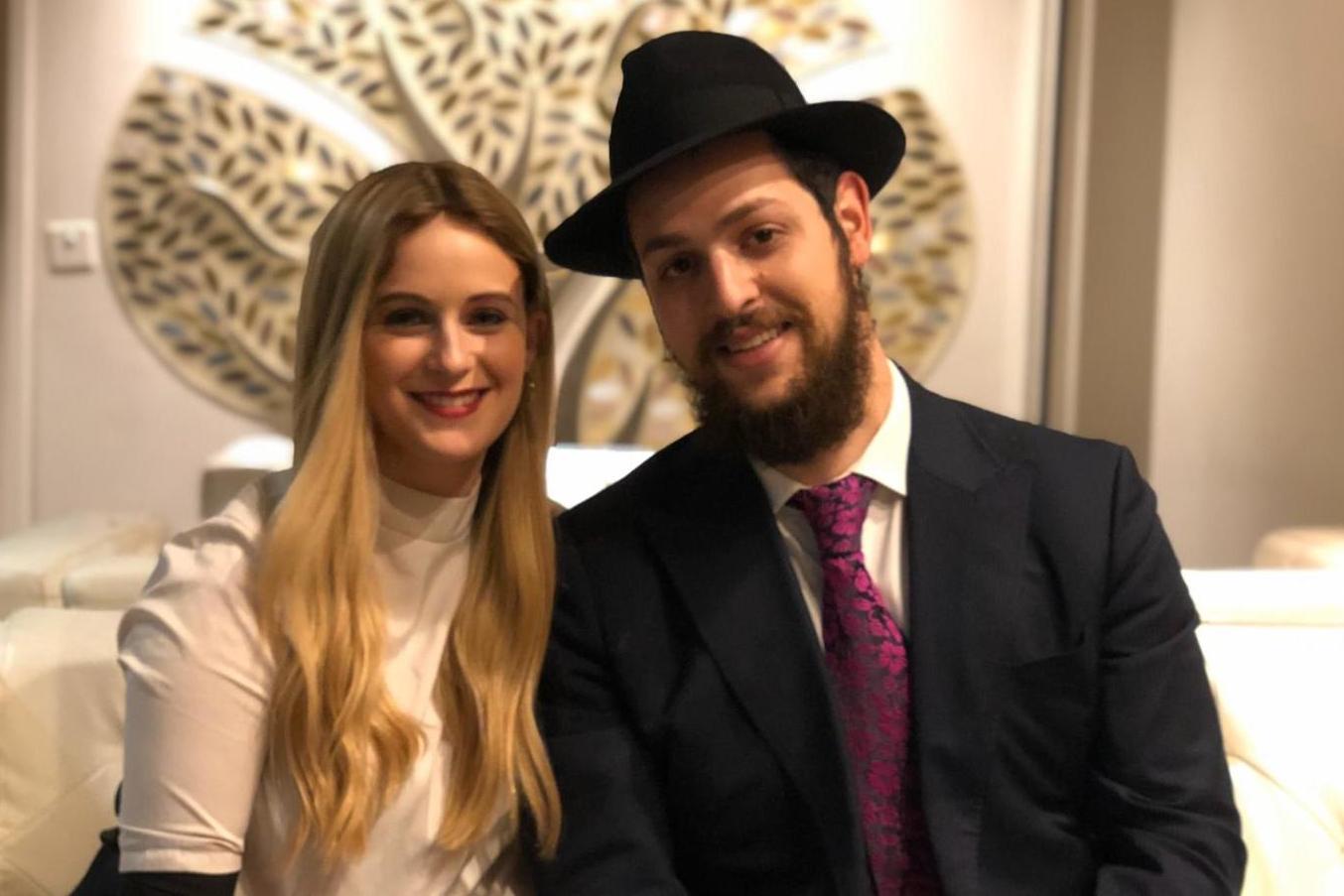
There’s another familiar sight in Brooklyn associated with the Hasidic community which isn’t men in large, woollen hats or rows of identical white shirts hanging out to dry at the back of neat apartment buildings: the Hatzalah ambulances. It’s the norm in New York for private companies that run emergency services to advertise who they are on the side of their vans, but Hatzalah is a very different organisation than, say, New York Senior Care or Mount Sinai. Hatzalah is a voluntary-funded ambulance service specifically by and for the Hasidic community; it has its own separate emergency number and, Eliyahu tells me proudly, a much better track record at reaching casualties in a timely manner (seconds, rather than minutes).
The service is completely free – unheard of in a country where ambulances are run as separate businesses and can cost over $1,000 for a 15-minute ride, even if you have insurance – and adheres to strict standards of Jewish law for the comfort of its highly observant customers. Like other ambulances throughout New York, they feed into general hospitals, but the paramedics (or emergency medical technicians, as they’re known in the US) communicate the needs of their patients to the doctors who meet them there. A recent Hatzalah fundraiser raised over $20m for the service’s extra needs during coronavirus, Eliyahu tells me, and Shaindy’s parents donated a parking space for the ambulances near their house.
Elsewhere in Brooklyn, big yellow buses with the names of the schools written on the side in Hebrew stand idle, no longer transporting Orthodox children to and from their gender-segregated classes. Instead, Hasidic classrooms have been turned into coronavirus bases. “They’ve cleared out the furniture, put in dividers and beds, and set up a kind of nurses’ station where people can come to donate plasma and get tested for Covid-19 in most of our schools,” says Shaindy.
The outreach organisations she and Eliyahu also work with have pivoted: one, called Chabad Law Students, which held home-cooked Shabbat meals every Friday night before coronavirus and offered professional and spiritual guidance to young Jewish people going into the legal professions, now gets law students to check in with isolated or elderly members of the community twice a week during lockdown.
To pretend that the Hasidim of Brooklyn live completely harmoniously with their neighbours, however, would be dishonest. Shaindy says that at the beginning of the coronavirus pandemic, long before masks were a legal requirement or even a social norm in New York, a woman singled her and Eliyahu out for a loud diatribe on the street. “It felt personal,” she says, quietly. Instances of antisemitic violence against Hasidic people – who are, of course, obviously Jewish in the way that others aren’t because of the way that they dress – are hardly unheard of in the borough. In fact, Eliyahu’s father, Rabbi Aaron Raskin, was attacked in the usually low-crime, well-to-do area of Brooklyn Heights in February. After that incident, one Orthodox man told me he removed the mezuzah – a small scroll containing religious verse which is often affixed at the entrance of Jewish homes – from his doorpost for the first time.
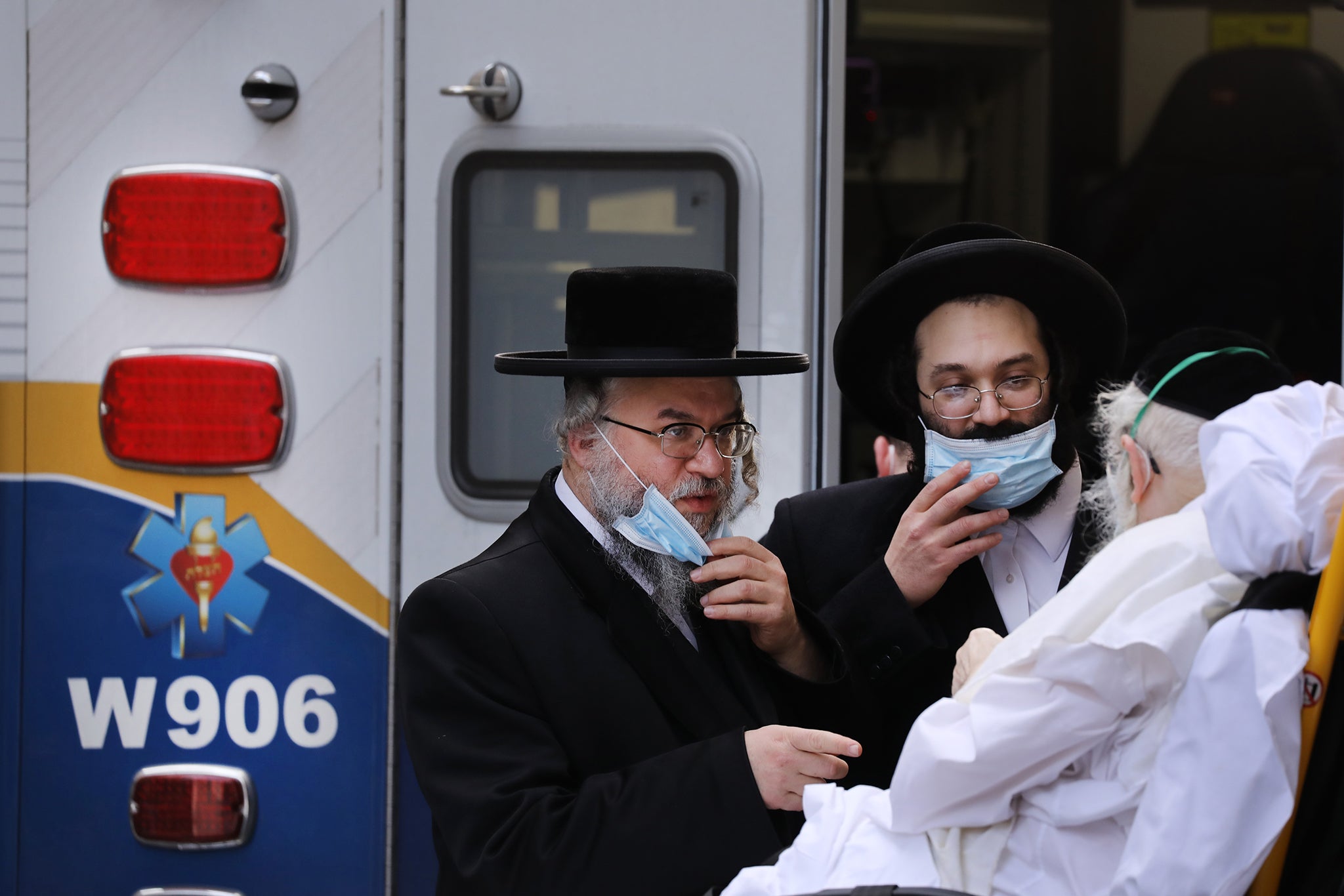
Many Orthodox Jews also felt they had been unfairly singled out by New York mayor Bill de Blasio when he oversaw the dispersal of mourners at a funeral for a rabbi in April and later tweeted that “the time for warnings has passed”. On the same weekend, others had taken photographs elsewhere in New York of people gathering in parks and on beaches. In Williamsburg, where many from the ultra-Orthodox Satmar community live and socialise and the streets, if you look up, are neatly dissected by an eruv, city officials now proactively hand out surgical face masks to Hasidic families – and sometimes impose fines on people who aren’t wearing them.
How do they feel about this sudden involvement from outside forces, I ask Eliyahu and Shaindy (Satmar and Chabad are different sects, but they do mix with each other despite their different opinions on whether it’s best to live in an insular or outreach-oriented manner)? “I don’t think they’re happy with the involvement,” says Eliyahu, carefully. “They’re not excited about getting ticketed.”
Orthodox Judaism is not modern, and it doesn’t pretend to be. When I ask Shaindy about women in Hasidism, she’s clear: “We don’t follow a liberal approach to feminism and we don’t follow a liberal approach to Jewish law, either.” Having said that, she says, they believe in “being pioneers for women’s rights in everyday life”. She’s currently writing a book that interviews Hasidic women around the world about their experiences – everyone from a woman living in the middle of Mumbai to her own mother – and discusses them in the context of feminism. “I’d like to read it,” I say, and Eliyahu chimes in: “That makes two of us!”
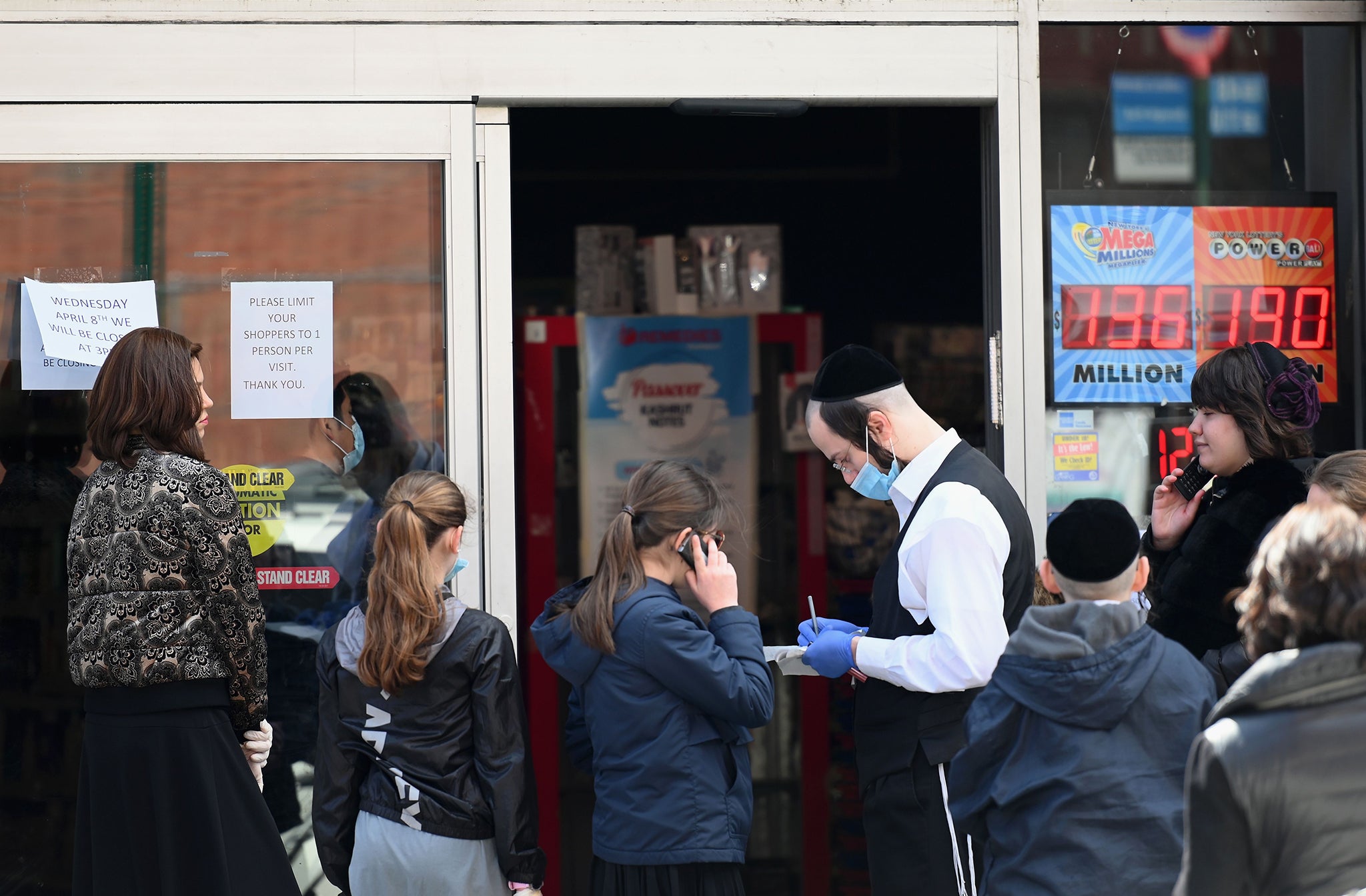
Almost everyone I speak to about life in a Hasidic home – including those who have since renounced the lifestyle and left the community – says that the most common misconception is that women live in domestic drudgery while men are allowed to do as they please. In the words of one person who speaks to me over the phone, if you’re a 35-year-old man with seven children, there’s no way you’re not buying the groceries or taking out the trash; your family is your life. There are gendered issues that make it difficult to navigate life as a Hasidic woman, but they aren’t necessarily the issues people outside the community assume they will be.
One source of periodic controversy is the wigs that Hasidic women wear over their shaven heads. The wigs often look artificial, intentionally so – they are not supposed to be confused with the long, natural hair of unmarried young girls. They are also usually dark and shoulder-length – not too short (short, neat hair could be mistaken for uncovered hair and thus is controversial) and not too long (long, showy hair that is deliberately eye-catching is thought to be immodest). A well-attended wig shop in Crown Heights called Zelda Hair, run by an Orthodox woman called Zelda Volkov, offers realistic-looking wigs of varying colours and lengths that became so popular in 2019 they caught the attention of a rabbi running a Jewish girls’ school nearby.
A school letter warning mothers of wearing long wigs from outlets like Zelda Hair was released to the local press, to much discussion. Volkov remained unrepentant, saying that her modern, natural-looking wigs had convinced many Jewish women to begin covering their hair again or for the first time after bad experiences in the past. Her business venture and the reaction of those who disagreed with her are, at the very least, proof of the wide variance in opinion throughout New York’s Hasidic community.
Wigs aside, the differences between the Hasidic residents of Brooklyn and their non-Jewish counterparts remain obvious: the propensity to speak Yiddish, for instance, a language which Eliyahu and Shaindy know “enough to get around” (Eliyahu speaks English as his first language, and Shaindy speaks both English and Hebrew fluently), but which some Hasidic people know to the exclusion of any English at all. Beneath some long-held traditions, however, Eliyahu and Shaindy don’t think the rest of the world is that different to their own community. “Even matchmaking is becoming more popular,” says Shaindy. “Apps are not so different” to the formal matchmakers who introduce ultra-Orthodox couples. “Either way, you don’t really know each other until you meet.”
As we close our conversation, I ask the couple if they know anyone who has left Hasidic life. Shaindy says she does – “I went to a large, parochial-style school, 150 girls per grade, so that’s a lot of people” – but she’s kept in touch with them and is keen to impress that she doesn’t judge anyone else’s lifestyle choices. Eliyahu adds that a friend of a friend, who runs an organisation for Orthodox people who are “off the derech” – meaning “off the path”, a common term used for people who have left the Hasidic community – knows Deborah Feldman, the woman whose memoir led to Netflix’s Unorthodox, personally. They have never seen the series themselves, they tell me, though they are asked about it every now and then.
“She did have difficulties,” says Eliyahu, “but no one pulled a gun on her or anything like that.” Shaindy nods and adds: “We can’t speak to the truth of her specific situation but we can say with confidence that it’s a very extreme situation. We’ve never encountered that – we both come from generations of Hasidic Jews and I’ve never heard of anything so crazy in my life.” They are both aware that Unorthodox sometimes portrays Brooklyn’s ultra-Orthodox Jewish sects in a negative light, and say they think it’s “important” for people to get a “proper view” on Hasidism, one that is equally informed by the positive aspects of the community that are so meaningful for their own lives.
So what about people who have joined the community as former outsiders – does that happen as well? Eliyahu says that Jewish people have polarised a lot over the past decade – rather than “floating in the middle”, people seem to be choosing to eschew religion entirely or to join a strict ultra-Orthodox sect like theirs, so converts to Hasidism aren’t as unusual as they once were. Shaindy adds that she knows a couple of people who have joined Chabad, and I ask how they cope with so many new rules to follow.
She pauses. “I would guess it’s a massive adjustment. But generally speaking, people are drawn to [Hasidism] because of its positive aspects. It’s hard to ever feel alone here – you’re always surrounded by loving family, surrounded by loving neighbours. The whole neighbourhood is like your next-door neighbour. So even if you’re having difficulty or you’re finding some things foreign or unusual, there’s always someone to talk to.” With a striking eloquence, she describes the experience of people who decide to convert as “people who are enraptured by the beauty of this way of life and choose it for themselves”.
When I thank them for their time, the couple invite me to one of their outreach meals in the future we all long for – the one when coronavirus is a distant memory and lockdown no longer a necessity. “Perhaps next time we’ll see each other on the street,” says Eliyahu, when we realise we live just a few blocks away from each other. And perhaps we will. But would we recognise each other, in our outdoor garb, away from the counterintuitive intimacy of a video call from within our own homes that a pandemic allowed us to share? In public, when our differences are so much more conspicuous, will it be the same?
Join our commenting forum
Join thought-provoking conversations, follow other Independent readers and see their replies
Comments